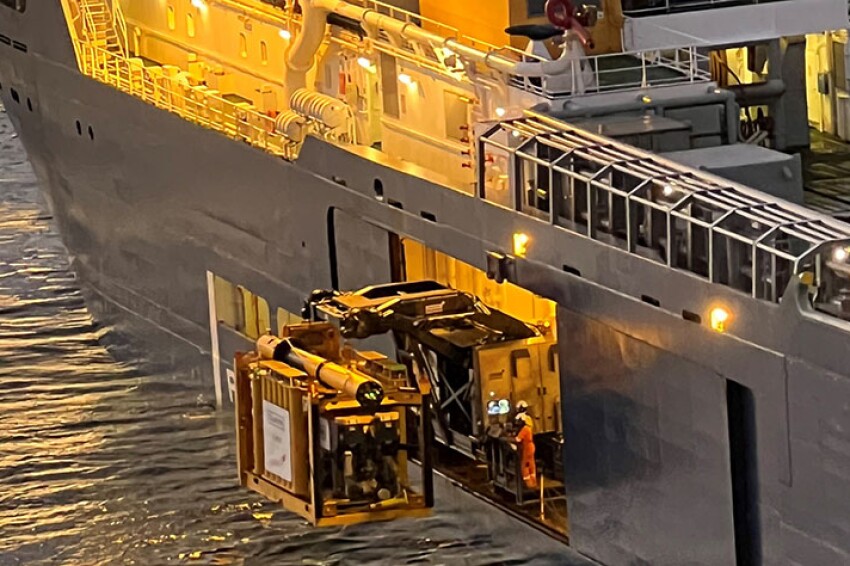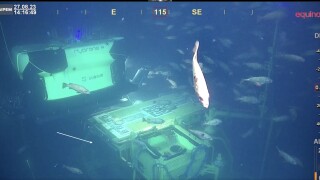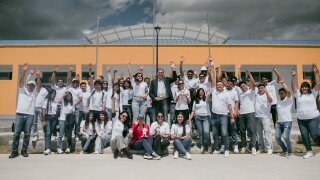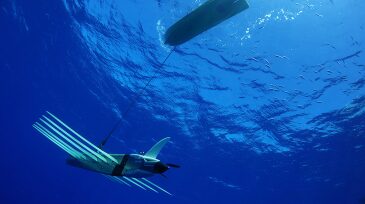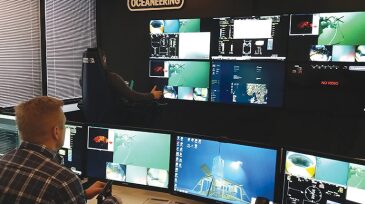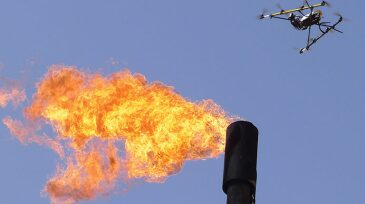Robotics/unmanned systems
With the right infrastructure and interoperability, subsea resident robotics could unlock more frequent, cost-effective inspections—and a new standard for offshore efficiency.
Emerging solutions could solve current subsea pain points, while a new taxonomy system could clarify the capabilities of the expanding domain of underwater vehicles.
The SPE Ecuador Section brought the excitement of robotics and energy education to life through an intensive 1-day Energy4me training, reaching 1,324 children from rural Quito.
-
Developments in the emerging technologies of unmanned vehicles are leading to new land, sea, and air applications in the oil and gas industry.
-
A closer look at recent unmanned aerial vehicle (UAV) regulations and sensor technologies shows the areas in which they could have a major impact on oil and gas projects in the future.
-
Griff Aviation, a Norwegian company, developed an octocopter that weighs 165 lb, which the company says can lift a payload of up to 496 lb. The Griff 300 aircraft has eight propellers, each powered by a separate motor. Although it can be manually flown using a radio remote control on the ground, an onboard custom helicopter-cabin mobile control is available for the us…
-
AUVs have evolved from an emerging technology with niche uses to a viable solution and an established part of operations in various marine sectors. Douglas-Westwood’s AUV Market Forecast considers the prospective demand for AUVs in the commercial, military and research sectors over the next 5 years.
-
Autonomous underwater vehicles (AUVs) have demonstrated their capabilities during the search for Malaysian Airlines flight 370 in the Indian Ocean.
-
Operators for remotely operated vehicles will be getting more remote in the future as land-based control begins to become a reality.
-
Use of unmanned aerial vehicles to monitor pipeline networks for theft and other issues is discussed.
-
Saudi Aramco is on a mission to increase the amount of seismic data that it collects by fourfold, while reducing costs and acquisition time by half of what it spends today.
-
Robotic submarines, capable of operating by themselves thousands of feet underwater for months or perhaps years at a time, are under development as the vanguard of tomorrow’s subsea oil and gas fields.
-
Unmanned aircraft are finding their place in the oil and gas industry by providing aerial geologic modeling to address reservoir-related challenges and making inspections safer.

